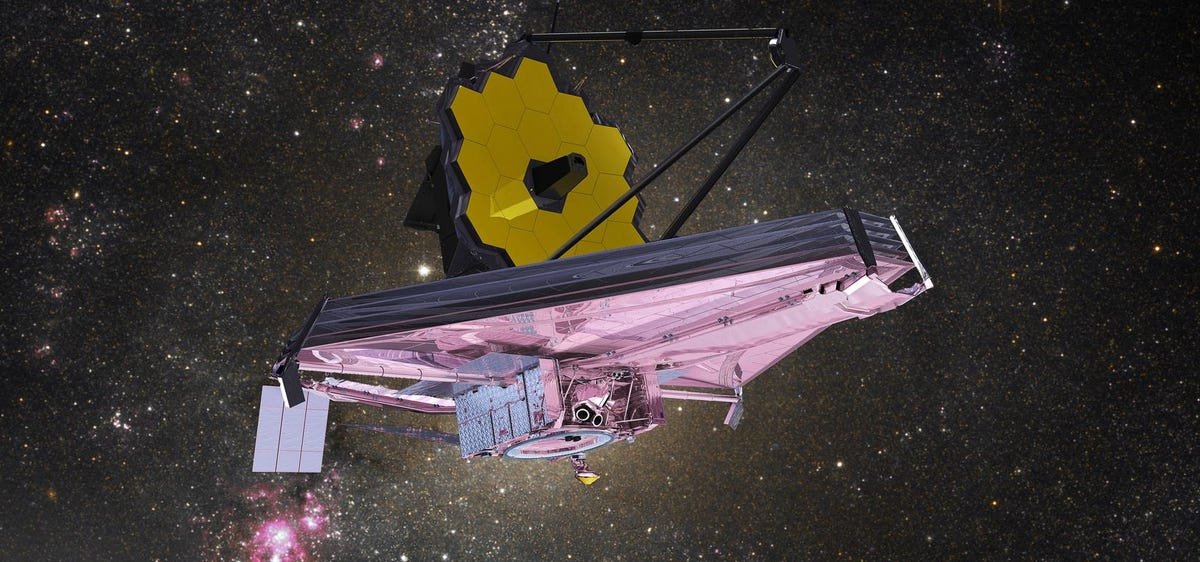We have always searched for life on different worlds but what if Webb is the key?
When Webb was launched in late 2021, NASA was hoping that it would discover the secrets of the Universe. And the telescope has been able to do that job very well. James Webb is a very advanced tool and is used primarily to observe objects that were hidden by star dust. And is now discovering objects and galaxies that were hidden. But the big question that many people are asking now is, Can the telescope discover life?
Yes And No
That question itself is very complex. The James Webb Space Telescope (JWST) can detect certain chemicals on other planets, but it cannot detect life forms itself. However, to find life on other worlds, you don’t always need to discover it right away. Webb can detect several chemicals that can help life to form such as, Nitrogen, Oxygen, Phosphorus and Sulfur. Webb can also detect water particles in its atmosphere and clouds.
NASA says that Webb has detected water particles on serval Exo-planets or planets outside our own sour system. JWST has also done several complex chemistry breakdowns on stars and young galaxies. And has discovered that the Universe is very much “chemically diverse.” It's very different from what we thought it was.
Webb is also not only studying planets and stars, but also planets in our own solar system; the telescope has discovered a small amount of water particles in Jupiter and Saturn. This interesting data is stored for later study.

